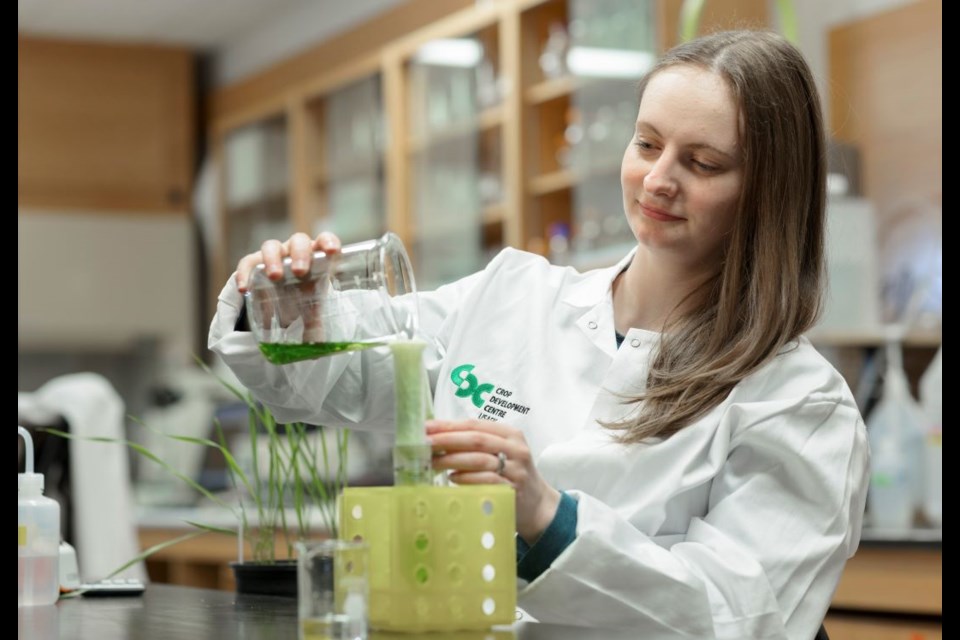SASKATOON — A glowing new assessment report of the Crop Development Centre (CDC) at the University of Saskatchewan highlights the centre’s tremendous economic impact, including thousands of jobs and billions of dollars for Canada.
The provides a detailed analysis of the centre in three distinct areas: economic contribution, return on investment (ROI) analysis, and socioeconomic benefits.
The results of the assessment showcased a remarkable level of output from the CDC in economic and research-focused areas.
“The remarkable and ongoing successes of the CDC are a confirmation of the world-class agricultural expertise at the university,” said Dr. Baljit Singh (PhD), USask’s vice-president research. “The researchers with the CDC are giving cutting-edge advantages to growers in Saskatchewan and around the world and continue to be what the world needs as we address feeding a growing population.”
Some of the highlighting the impact of the CDC include:
- A tremendous return on investment – for every $1 invested by the CDC across all crop types, growers see an $11 benefit-cost return. The return was highest for lentil crops, at a benefit-cost return of more than $37 for every $1 invested.
- $1.2 billion in GDP contributed to Western Canada’s economy as of 2022 – a growth of more than $500 million since the last study in 2016
- More than 500 varieties across over 40 kinds of crops developed and released from the CDC since its inception in 1971
- More than 530 peer-reviewed publications produced from the CDC since 2016
- More than 9,000 full-time jobs in Canada are estimated to be due to CDC plant breeding
- A contribution of $17.8 billion in gross farm outputs from 1991 to 2022
The CDC at USask houses remarkable expertise in the areas of plant breeding and pathology, and uses state-of-the-art technologies and scientific advances to improve crop varieties to support the agriculture industry and to generate returns for growers across Western Canada.
Dr. Curtis Pozniak (PhD), the director of the CDC, said the results of the report were “impressive and invigorating” for the entire CDC team.
“It's humbling to work with such a fantastic group of scientists that believe in the mission and vision of the centre, in terms of commitment to advancing science and delivering that innovation through the release of productive field-ready cultivars that are adopted by growers,” he said.
In addition to the financial contributions of the CDC to the Canadian economy, the assessment also highlighted the more than 428 students, alumni and faculty who trained at, or were involved with, the CDC and its research projects since it began in 1971. Many of those trained at the CDC have become leaders in the agricultural industry.
Scientific work conducted at the CDC is targeted at real-world impacts, not simply research for the sake of research. Pozniak referred to it as the extensive “innovation pipeline” developed by the CDC, as the centre focuses on research from inception to frontline industry professionals.
“Our research is deliberate, bold and strategic, and spans the continuum from the research lab all the way to farmers’ fields and ultimately to our dinner plates,” he said. “An important part of what we do so well is translating basic research into technologies and innovation that aligns with the needs of producers and consumers.”
The CDC is a unique centre for education, collaboration and scientific innovation – and while this Economic Assessment report showed tremendous growth and promise, the goal is to push ever onward.
“This report exemplifies the importance of the CDC, and our collective vision is to grow the centre more than it is, and to keep the momentum that started way back in 1971,” Pozniak said.
— Submitted by USask Media Relations




